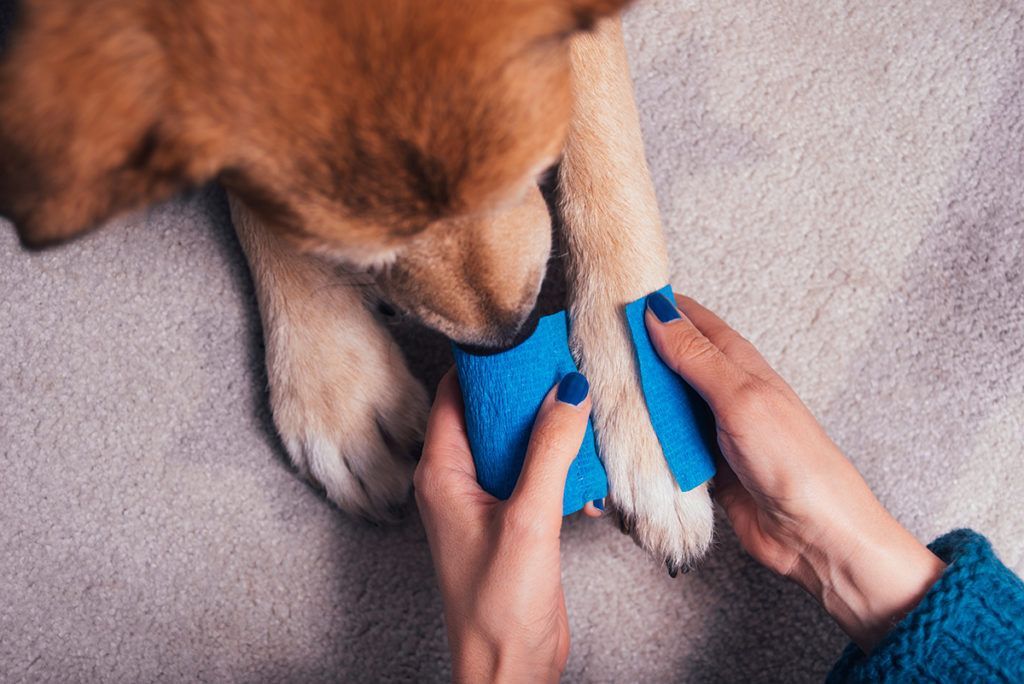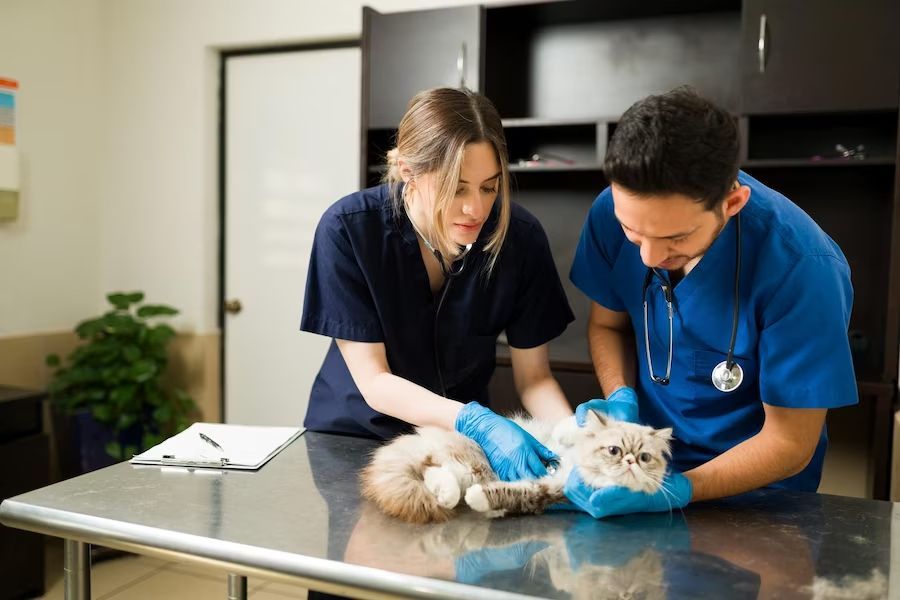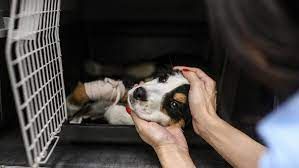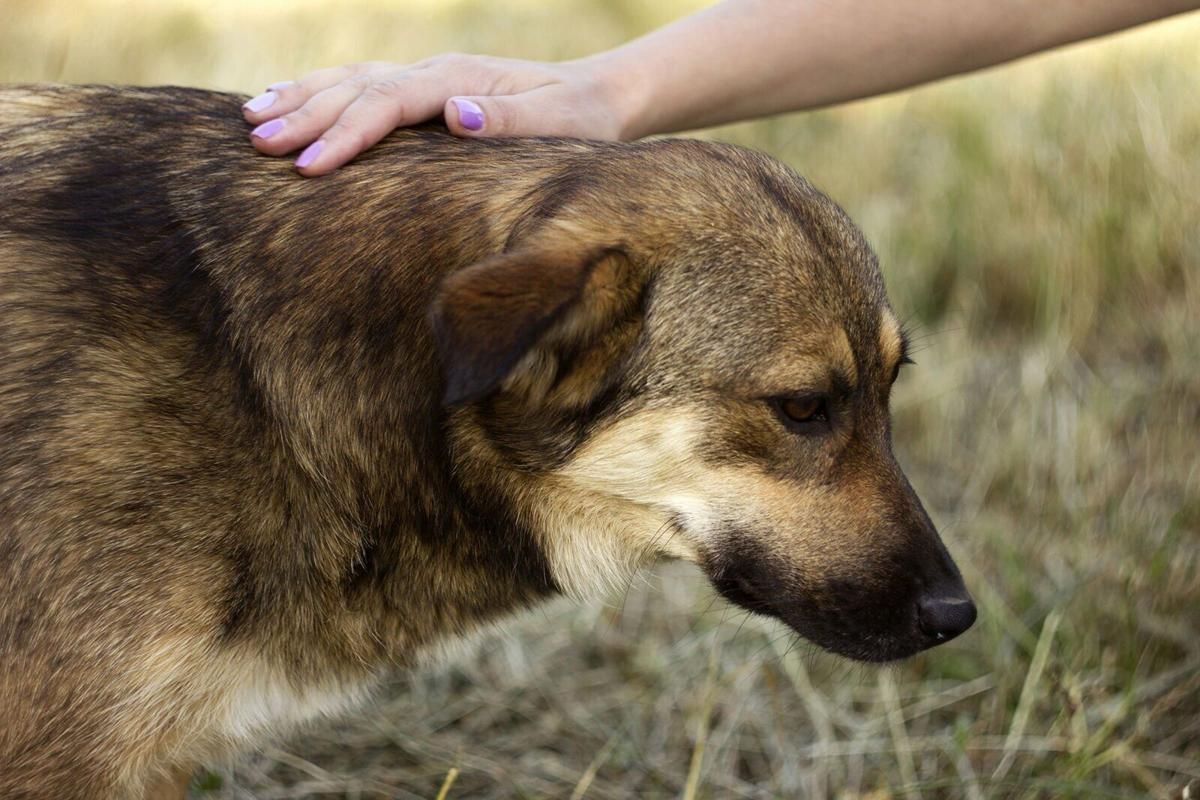6 Emergency Signs to Look Out for if Your Dog Was Stung by a Bee
Has your dog ever been stung by a bee? Would you know what to do if this happened to your pet? How do you know whether or not a bee sting is something to worry about?
In this article, we’ll explore some of the common signs and symptoms of severe bee stings in dogs. By learning and understanding this list, you can be on the lookout in the days following your dog’s bee sting, and you can recognize signs of anaphylaxis before the problem gets out of control.
Below are the 6 signs of a bee sting on your dog:
1. Swelling at the Site
One of the most common symptoms your dog may experience following a bee sting is swelling at the site of the sting. This is extremely normal and is not necessarily indicative of an anaphylactic reaction. However, it can be a sign that your dog’s body is having some difficulty handling the bee sting.
If the swelling goes down within an hour or two, and if your dog doesn’t show any other symptoms on this list, she is likely going to be just fine. However, if the swelling persists or worsens after a couple of hours, contact an emergency vet.
2. Fever
Many dogs run a low-grade fever along with a bee sting—just like many humans do. This symptom typically indicates a moderate level sting but doesn’t always mean the situation is an emergency.
If you have the ability to do so, check your dog’s temperature for an accurate reading. If it is above 106 degrees Fahrenheit, this means your dog has a serious fever and needs to see an emergency vet right away. If it is between 103 and 105, continue monitoring closely and go to the vet if it rises or persists.
3. Increased Heart Rate
If your dog is suffering from a moderate to severe reaction to a bee sting, she may have an increased heart rate. This symptom also goes along with fever in most dogs.
It is relatively normal for your dog to have a slightly elevated heart rate for the first couple of hours following a bee sting, especially if the sting is painful or traumatic to her. However, if the rapid heart rate lasts or if your dog shows other symptoms along with this one, it’s time to see an emergency vet.
4. Restlessness or Lethargy
Some dogs who experience moderate to severe reactions to bee stings become very restless. They may pace, pant, and be unable to get comfortable. This is usually associated with trouble breathing, but it may also be a result of pain and swelling throughout the body.
On the other hand, in some instances, dogs may become very lethargic due to high fever and elevated heart rate. If your dog’s energy levels are drastically different in the hours following a bee sting, this may be a sign she needs to see an emergency vet —especially along with other
5. Swelling of the Face or Neck
If your dog’s face, snout, or neck begin to swell following a bee sting, this is a sign of a serious situation. Your dog is experiencing an anaphylactic reaction and needs to be seen by an emergency vet right away. If the swelling continues, it can block airways and lead to death.
Do not give your dog Benadryl or other over-the-counter human allergy medication for this symptom unless expressly told to do so by a vet. Contact the vet or emergency vet before you bring your dog in to see them; they may want you to provide some medication at home first.
6. Difficulty Breathing
Finally, difficulty breathing is the most severe symptom of anaphylaxis you should watch for in a dog who has been stung by a bee. If your dog is showing signs of trouble breathing—including heavy movement of her sides while breathing, extreme panting and drooling, wheezing , or fainting—she needs to see an emergency vet immediately.
Difficulty breathing typically occurs within the first few minutes of a bee sting, if it is going to happen at all. However, it can potentially happen several hours or even a day later in some rare instances, so continue monitoring your dog until the bee sting starts to clear up.
Contact 24/7 Local Veterinarian if your Dog was Stung by a Bee
As you can see, there are several crucial symptoms to watch out for when your dog has been stung by a bee. If your dog reaches day three after the bee sting and hasn’t shown any of these symptoms, then she is most likely in the clear. However, you should continue to monitor her until the sting itself goes away completely.
If you have any further questions about your dog and her response to bee stings, contact 24/7 Local Veterinarian for more information. All of our locations are open 24/7 and our veterinarians are ready to help with any emergency situation. When you call one of our convenient 24/7 Local Veterinarian locations , you will speak directly to an experienced emergency vet who will guide you on the next steps to take for your dog’s bee sting.
Contact with your local vet for the best advise
Resource Center









